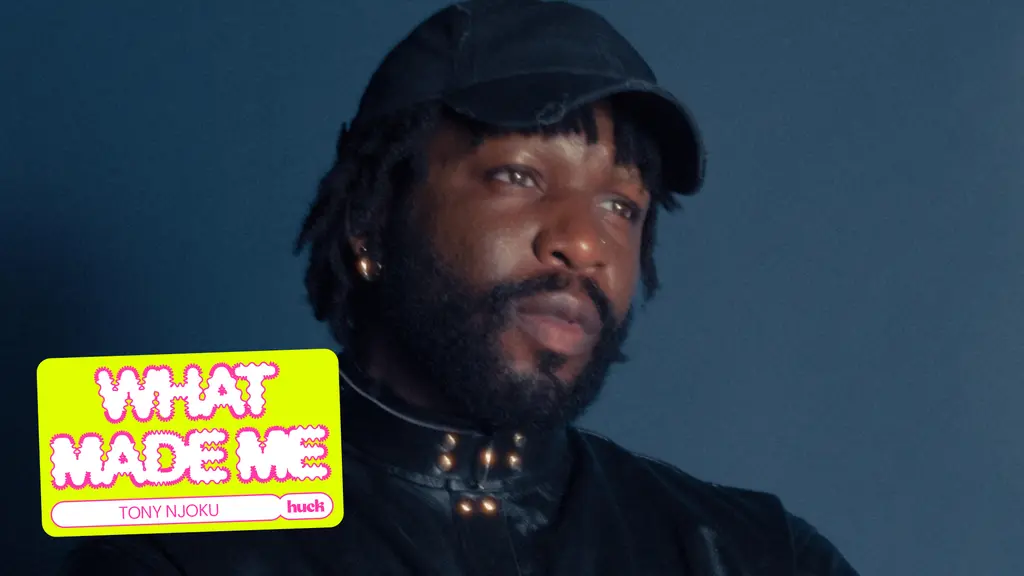Captivating scenes of trans life across America in the ‘80s
- Text by Miss Rosen
- Photography by Mariette Pathy Allen

“I seem to operate on flukes,” says American photographer Mariette Pathy Allen, who began documenting the transgender community after finding herself drawn to a group in the dining room of her New Orleans hotel during Mardi Gras in 1978.
“I always felt there was something wrong with society’s rules that said men are supposed to be one way and women are supposed to be another,” Allen says. “I was always thinking about big issues like, ‘How do we determine who we are?’ Then I met these wonderful people and I felt like they were living the questions that I was asking myself.”
From that serendipitous encounter in the hotel, a bond was formed, one that empowered Allen to document trans communities in the United States, Cuba, Burma, Thailand and Mexico. In the new exhibition, Transformations, Allen revisits portraits made between 1978 and 1989 when the trans and gender-variant community was still very much underground.

“Vanessa [in a Fur Jacket]” 1978-1989

“Beth and Her Husband, Rita, Boston, MA,” 1983
“I had a role to play,” Allen recalls. “I found myself in a position of making portraits for people who had hidden most of their lives, who considered themselves despicable because society did, I could be encouraging. My focus was to help them find the woman who lived inside of them. It was a very emotional experience for many people.”
Allen, who trained as a painter, took up photography while studying with Harold Feinstein of the New York Photo League. She was used to subjects who understood the camera and knew how to pose; now she had to help her subjects reveal themselves in an effortless way.
“There were many learning curves,” Allen remembers. She certainly handled them with aplomb, gaining the trust of her subjects, building lasting relationships, and helping bridge divides in their personal relationships.
“I thought it would be interesting to photograph them at home, with family, with children,” Allen says. “This was such a difficult thing because most of them hid from their partners and especially from the children. It was such a taboo subject and they didn’t want to burden their children with that knowledge. I found some brave people.”

“Shirley and Malinda, Backstage at the Fantasia Fair Follies,” 1983

“Madeline Victoria,” 1978-1989
In 1989, Allen published her first book Transformations: Crossdressers and Those Who Love Them, long before the mainstream culture was able to accept gender variance. “This was brand new,” Allen says. “I was a pioneer in that respect because I really helped bring people out. I was trying to take away the fear factor not just for them but also for the outside world. They have been photographed by other artists but treated like ‘the other.’ I felt like in my own way I have been an anthropologist as well as an artist.”
Allen’s empathetic and compassionate eye is devoid of sensationalising, stigmatising, or vilifying intent; instead, she shows us the profound humanity of those living outside the gender binary.
Allen reveals, “In spite of all the agony the people I knew, there as so much humour and such a sense of relief when they would go to a convention like Fantasia Fair and meet other people like themselves. It was like a feast of recognition, joy, intimacy, and fun.”

“Vicky West Dancing the Cancan with My Daughters, Cori and Julia, Bridgehampton, NY,” 1982

“Make-Up Lesson at Fantasia Fair,” 1981

“Andy Becoming Andi, near San Francisco,” 1978-1989

“Terisa [Tom as Carol],” 1978-1989

“Christine Jorgensen at Home, Near LA,” 1984
Mariette Pathy Allen: Transformations is on view at ClampArt in New York February 25–April 10, 2021.
Follow Miss Rosen on Twitter.
Enjoyed this article? Like Huck on Facebook or follow us on Twitter.
You might like

Largest-Ever Display of UK AIDS Memorial Quilt Opens at Tate Modern
Grief Made Visible — Comprising hundreds of panels made by lovers, friends and chosen family, the UK AIDS Memorial Quilt returns in full for the first time since 1994 – a testament to grief, friendship and the ongoing fight against HIV stigma.
Written by: Ella Glossop

In Medellín’s alleys and side streets, football’s founding spirit shines
Street Spirit — Granted two weeks of unfettered access, photographer Tom Ringsby captures the warmth and DIY essence of the Colombian city’s grassroots street football scene.
Written by: Isaac Muk

On Alexander Skarsgård’s trousers, The Rehearsal, and the importance of weirdos
Freaks and Finances — In the May edition of our monthly culture newsletter, columnist Emma Garland reflects on the Swedish actor’s Cannes look, Nathan Fielder’s wild ambition, and Jafaican.
Written by: Emma Garland

Tony Njoku: ‘I wanted to see Black artists living my dream’
What Made Me — In this series, we ask artists and rebels about the forces and experiences that shaped who they are. Today, it’s avant-garde electronic and classical music hybridist Tony Njoku.
Written by: Tony Njoku

Block9 reveals its Glastonbury Festival 2025 plans
Party and protest — The nightlife hub will feature a bigger-than-ever Saturday daytime block party across The NYC Downlow and Genosys, and a huge collaboration with artist-activist group Led By Donkeys.
Written by: Isaac Muk

We are all Mia Khalifa
How humour, therapy and community help Huck's latest cover star control her narrative.
Written by: Alya Mooro

